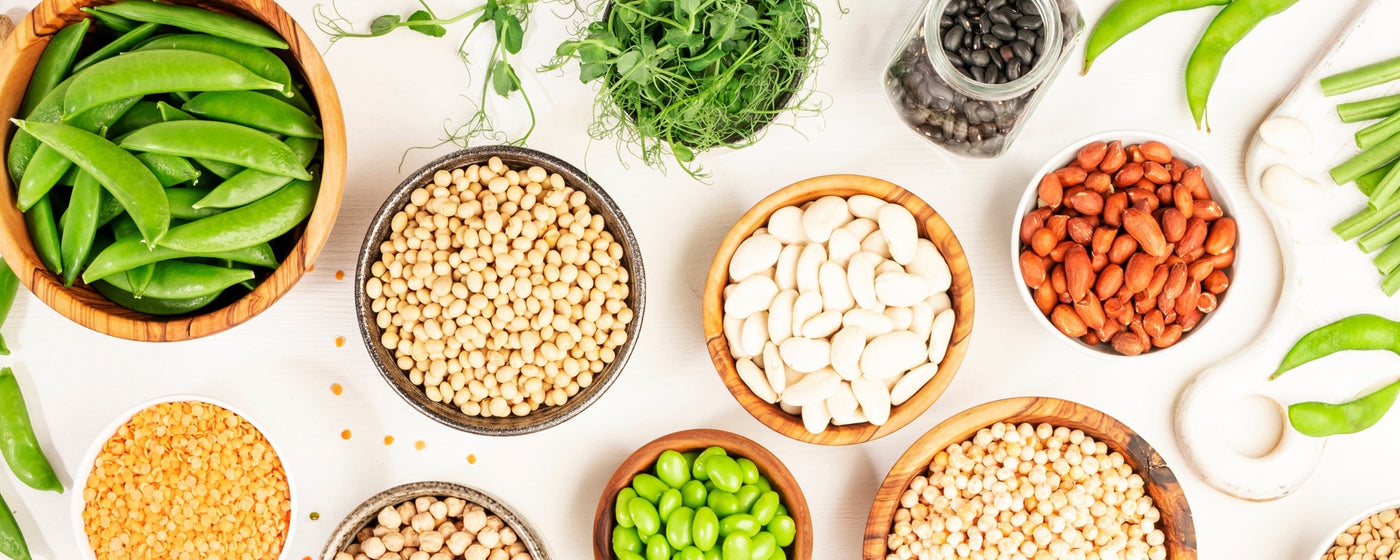
Both shallots and onions are species of the Allium family. Shallots taste like a common onion, but have a milder, and much sweeter flavor. Like onions however, when sliced, raw shallots release the same substances that irritate the human eye, just like onions. Shallots also contain a "hint of garlic" flavor, that onions do not have.
Shallots:
Shallots have a milder taste and odor than onions, so shallots are more commonly eaten raw. However, when cooked, shallots can lose their flavor quickly, and so onions are preferable in cooked food like stir fries. Space shallots appx. 4-6 inches apart with the rows 18 inches apart. Plant the bulb root side down, the top of the bulb 1 inch below the surface. Planting too deep grows elongated bulbs that don’t store well.
WHEN TO PLANT SHALLOTS:
It is always best to plant in the fall because fall-plantings yield twice as much. Protected by a good mulch and snow cover, shallots, have survived minus 25°F. However, if your winters are unusually severe, you might test-plant a few in fall the first time you grow them and save the rest to plant in spring.
HOW TO PLANT SHALLOTS:
Space shallots appx. 4-6 inches apart with the rows 18 inches apart.
HOW TO GROW SHALLOTS:
When the bulbing begins, any mulch or soil covering the bulbs should be pulled back so the bulbs form on the surface of the soil and dry down.
HOW TO HARVEST SHALLOTS:
The tops of these species often make very tasty scallions, especially potato onions. However, if you snip off too many sprouts, there will be fewer and smaller bulbs.
The time to harvest is when most of the tops have browned off and fallen over. Loosen the soil first with a spading fork and then gently lift the bulbs. Their skins have not hardened yet so it is important to avoid bruising or tearing the skin. The bulbs, with their tops still attached, should be air-dried for 2-3 weeks until the tops have completely shriveled.
To read a more in-depth planting guide for Shallots, visit: "How to Plant, Grow, and Harvest Organic Shallots"
Onion Seeds:
Onions are easy to grow, have a fairly short growing period and take up little space in the garden. If you don’t have a vegetable garden, plant a few onions in your flower garden or in a pot or box and set them on your patio or in a sunny window.
Onions are a cool-season crop, hardy to frost and light freezes, although certain varieties are exceptions. They can be grown practically everywhere, and prefer a cool- season start. Onions are as hardy as they come. Frosts, freezing temperatures and snow will not kill them. They should have steadily moist soil and even growing weather to mature at a steady pace. Otherwise they bolt to seed or do not form good bulbs. High temperatures and low humidity are advantageous during bulbing and curing.
WHEN TO PLANT:
Onions are relatively hardy, so planting can begin as soon as the soil is dried out and workable in spring. In milder climates (>zone 8), they can be planted in fall for spring harvest.
HOW TO PLANT:
Plant onions 1/4 inch deep and 3 to 4 inches apart in double rows, leaving 6 to 10 inches between rows.
HOW TO HARVEST:
Onions are ready to harvest approximately 150 days after planting seeds, and approximately 100 days after transplanting sets. Green or spring onions are pulled as needed when the stems are about 1/4 inch thick. Pull green onions anytime after the tops are 6 inches tall. Green onions become stronger in flavor with age and increasing size.
Remove any plants that have formed flower stalks and use immediately. They do not produce good bulbs for dry storage.
Dig the onions carefully and allow them to dry in the open sun for a few days. Rinse off the dirt and allow the onions to dry with the tops still attached in the open air for about 2-3 weeks.
To read a more about planting onion seeds, visit: "How to Grow Organic Onions from Seed"
Onion Sets:
WHEN TO PLANT:
Onion sets are quite hardy and can withstand 20° F frost. They should be set out 4-6 weeks prior to the last expected spring frost. When your plants arrive they should appear to be quite dry. DO NOT WET THEM NOR STICK THEIR ROOTS IN WATER. Unpack them and store them in a cool, dry place until it is time to plant.
HOW TO CARE FOR BULB ONIONS:
Onions have small, inefficient root system and need moist soil. Keep them constantly well watered. But when the plants approach maturity their bulbs stop enlarging and begin to form skins. Ideally, the bulbs will mature in very dry soil.
HOW TO HARVEST AND STORE BULB ONIONS:
After most of the tops have "gone down," lift the bulbs. It may help to gently loosen them with a shovel first. Allow them to lie in the sun for a day or so, then cure and store them.
To read a more about growing onions from bulbs or sets, visit: "How to Plant, Grow, and Harvest Organic Bulb Onions"

















































